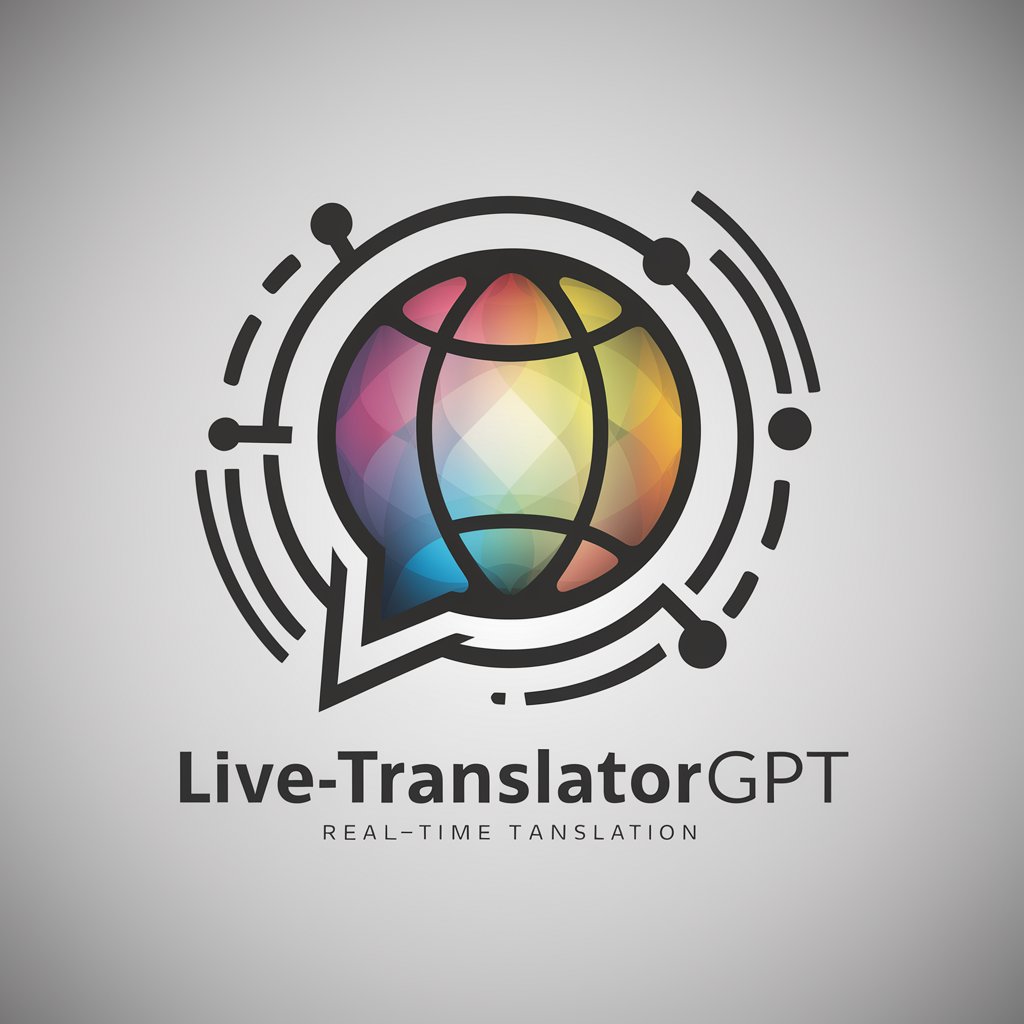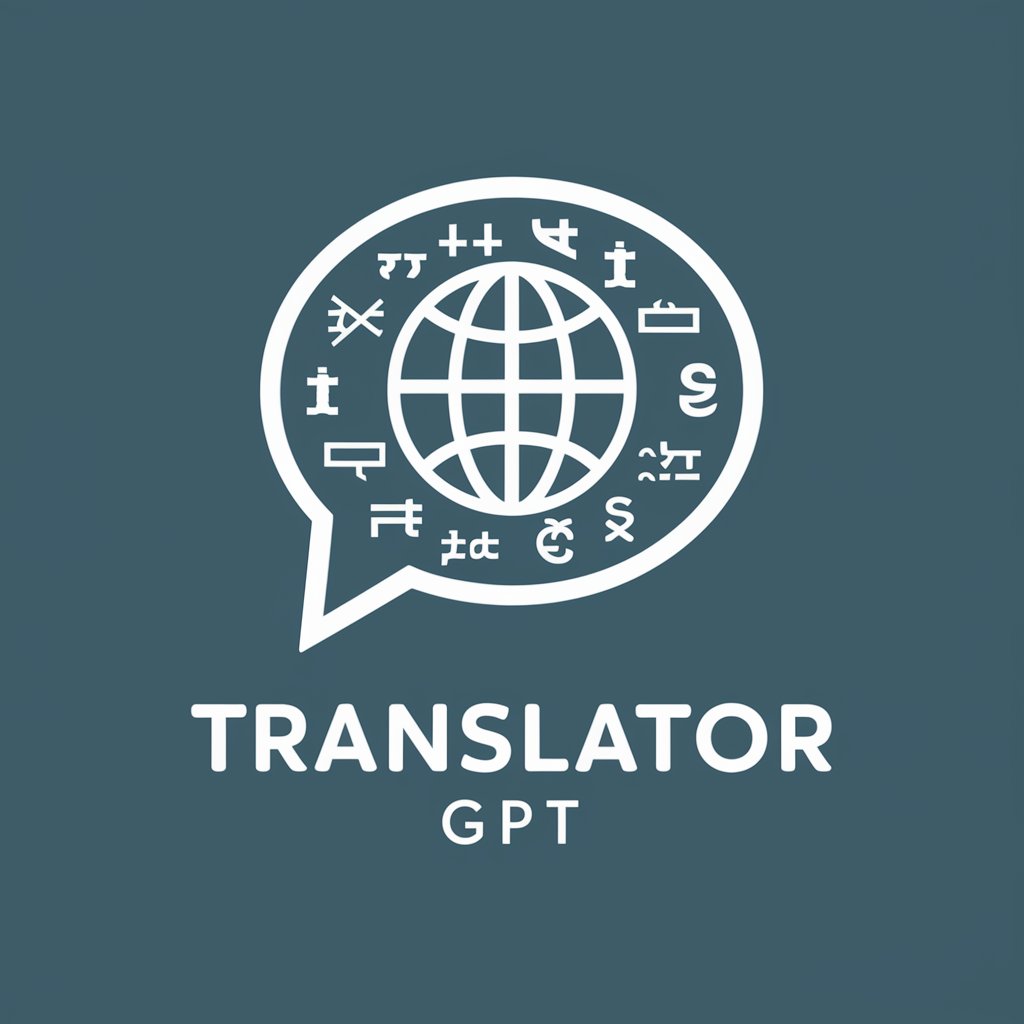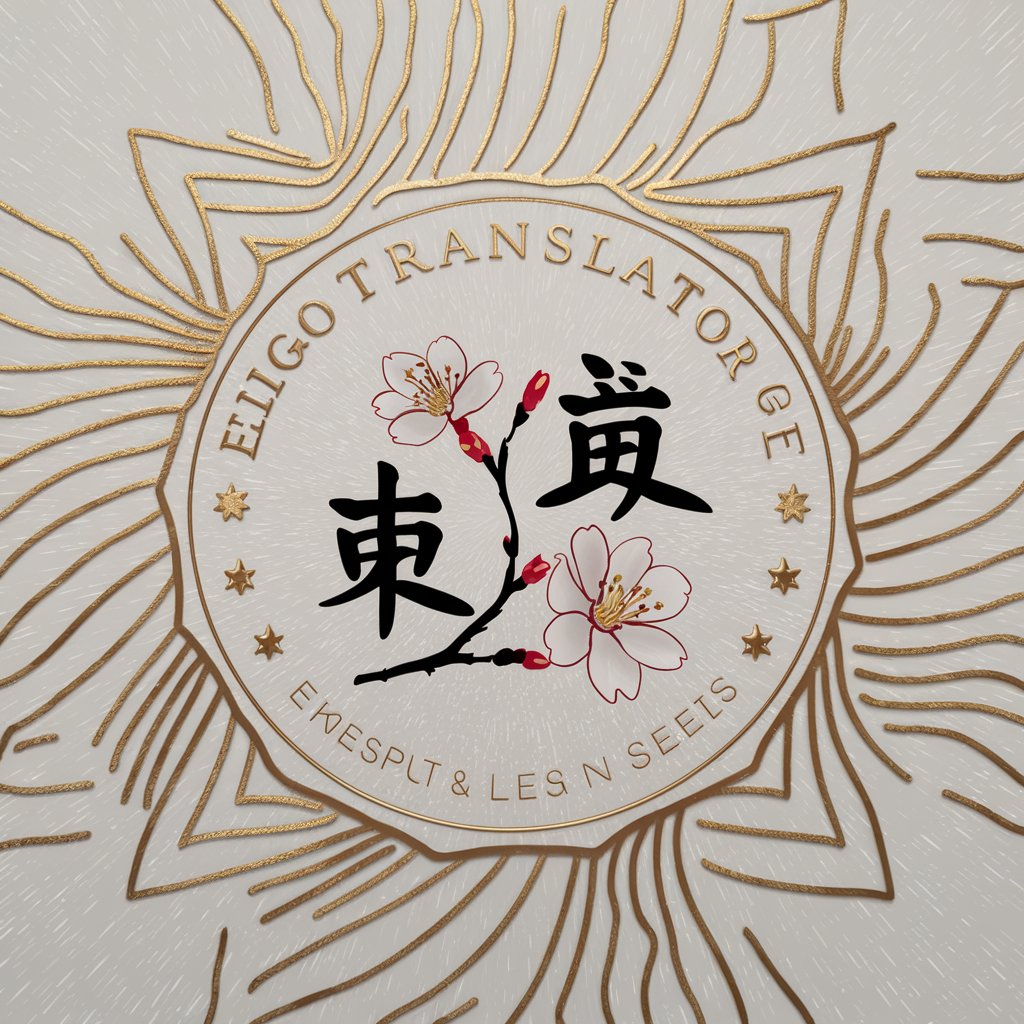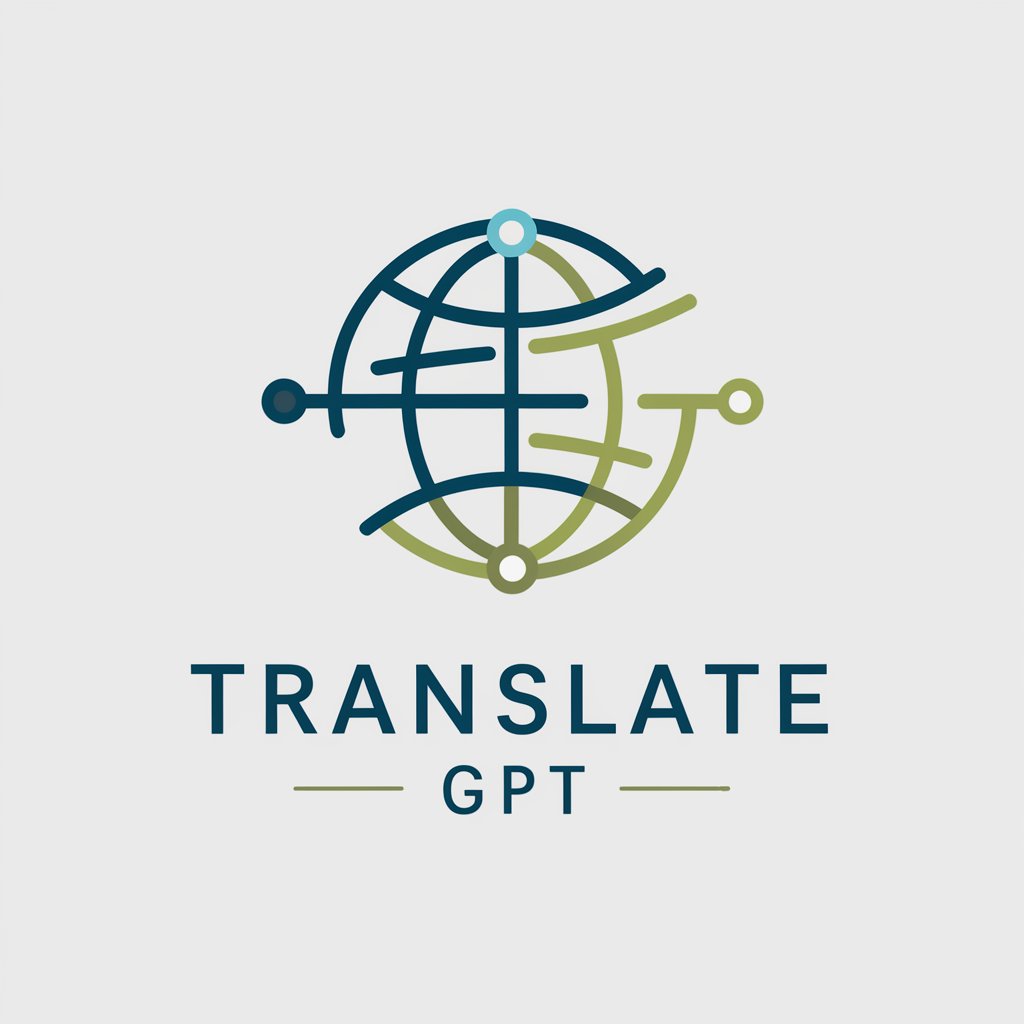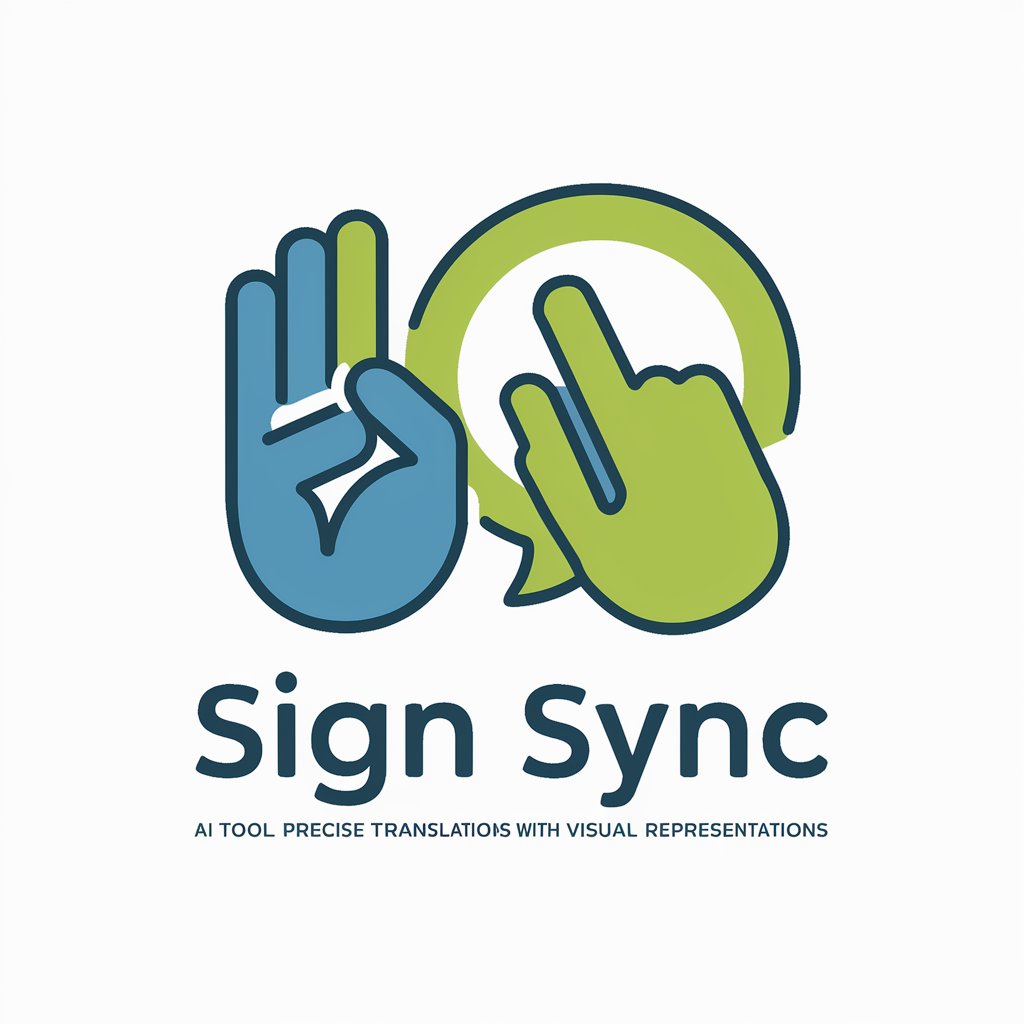
Sign Language Translator GPT - Sign Language AI Tool
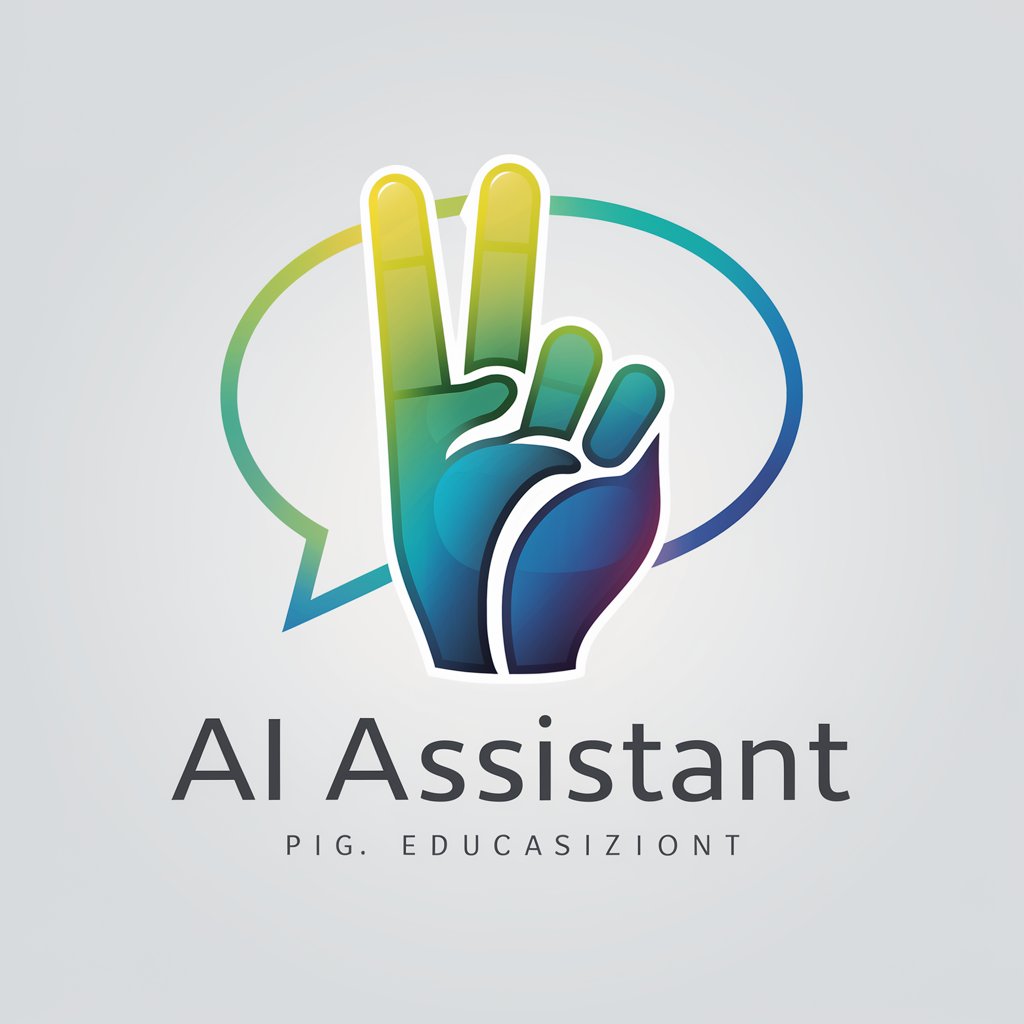
Hello! I'm here to assist you with all things sign language.
Revolutionize Communication with AI-Powered Sign Language Translation.
Explain the basics of sign language...
How can I improve my sign language skills...
Translate the following text into sign language...
What are the best resources for learning sign language...
Get Embed Code
Introduction to Sign Language Translator GPT
Sign Language Translator GPT is a sophisticated AI tool designed to bridge the communication gap between sign language users and those unfamiliar with sign language. It is developed with a focus on inclusivity, aiming to make information and communication accessible to everyone, regardless of hearing or language barriers. The core functionality of this AI revolves around translating sign language into written or spoken text and vice versa. This includes the ability to interpret sign language from images or videos, generate sign language animations or images based on text input, and provide educational resources for learning sign language. Scenarios illustrating its use include a classroom setting where a teacher's spoken words are translated into sign language images for deaf students, or a video call where sign language gestures are translated into text in real time, enabling seamless communication between participants with different language preferences. Powered by ChatGPT-4o。

Main Functions of Sign Language Translator GPT
Real-time Sign Language Interpretation
Example
Translating sign language from a live video feed into text or spoken words.
Scenario
In a business meeting with both hearing and deaf participants, the tool interprets sign language in real-time, ensuring all participants can understand the discussion.
Sign Language Education and Learning
Example
Providing tutorials and practice exercises for learning sign language.
Scenario
An online learning platform integrates the tool to offer sign language courses, enabling users to practice and receive feedback on their sign language skills.
Text-to-Sign Language Conversion
Example
Generating sign language animations or images from text.
Scenario
A public service announcement is translated into sign language animations, making the information accessible to the deaf and hard-of-hearing community.
Accessibility Tools Development
Example
Creating apps or devices that translate spoken words into sign language or vice versa for accessibility purposes.
Scenario
Developers use the tool to create a mobile app that translates restaurant menus from text to sign language, enhancing dining experiences for deaf individuals.
Ideal Users of Sign Language Translator GPT Services
Deaf and Hard-of-Hearing Individuals
These users benefit from improved access to information and communication options, breaking down barriers and fostering inclusivity.
Educators and Students
Teachers and students in inclusive educational settings can use the tool to facilitate learning and communication, making education more accessible to deaf students.
Developers and Content Creators
This group can integrate the tool into apps, websites, and digital content to make their products accessible to a wider audience, including those who use sign language as their primary means of communication.
Businesses and Service Providers
Organizations aiming to improve accessibility for customers or employees can use the tool to translate information and services into sign language, promoting an inclusive environment.

Guidelines for Using Sign Language Translator GPT
Step 1
Access the service by visiting yeschat.ai, offering a free trial with no requirement for ChatGPT Plus or any preliminary login procedures.
Step 2
Familiarize yourself with the interface and available features, such as image analysis or document creation, to understand how Sign Language Translator GPT can meet your specific needs.
Step 3
Utilize the tool for your chosen application, whether it be image generation, voice interaction, or data analysis, by following the intuitive prompts and commands.
Step 4
Leverage the detailed documentation and examples provided to maximize the tool's capabilities and ensure the most effective use of its features.
Step 5
Seek assistance or provide feedback through the designated channels to enhance your user experience and contribute to the continuous improvement of Sign Language Translator GPT.
Try other advanced and practical GPTs
SEO Assistant
Elevate Your Content with AI-Powered SEO

기술가치평가GPT : 데이터링커
AI-powered Patent Valuation
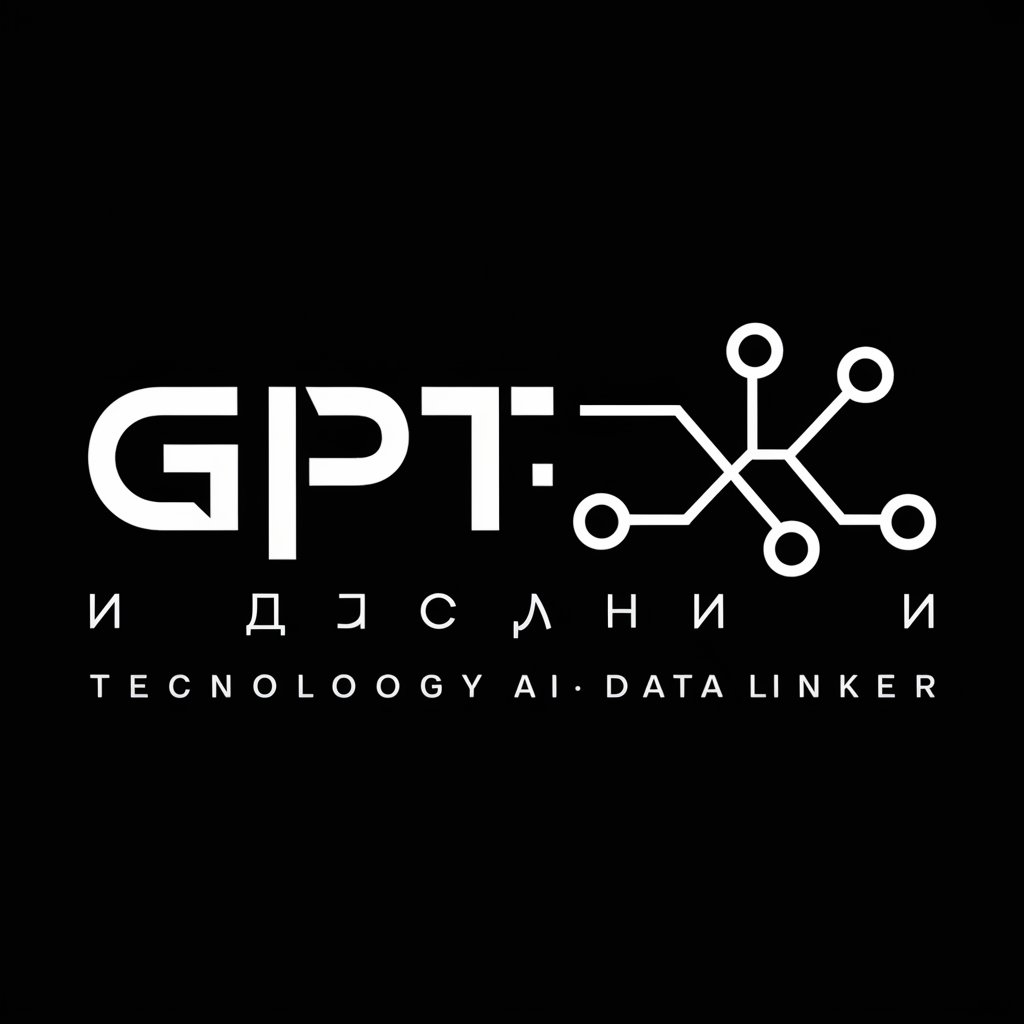
SHIELD Assistant Level 2
Unlock Knowledge with AI Power

Theses Law UK
Empowering Legal Research with AI

MindWave
Navigating Consciousness with AI
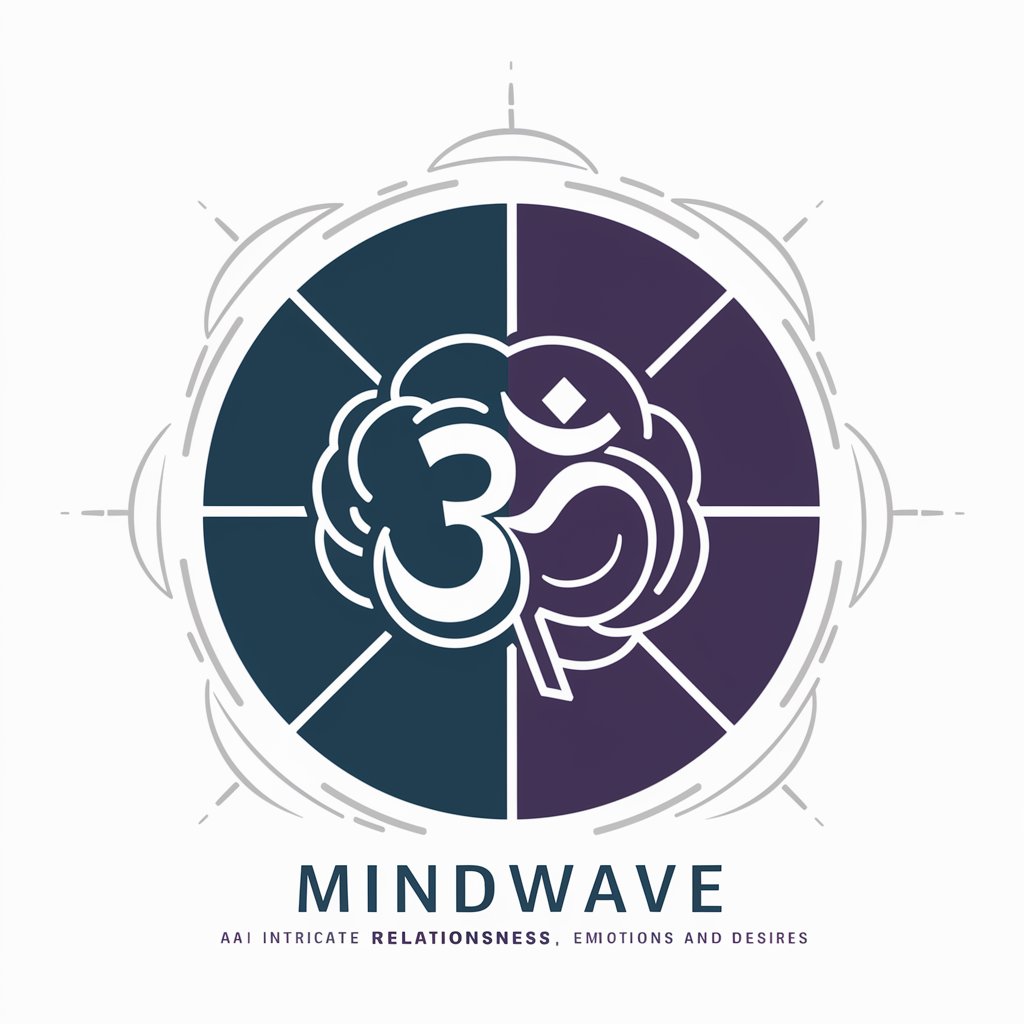
laut malen
Powering Conversations with AI

CUÑADO
Your Personal Expert in AI Form

FlutterCraft
Transforming ideas into code, powered by AI.
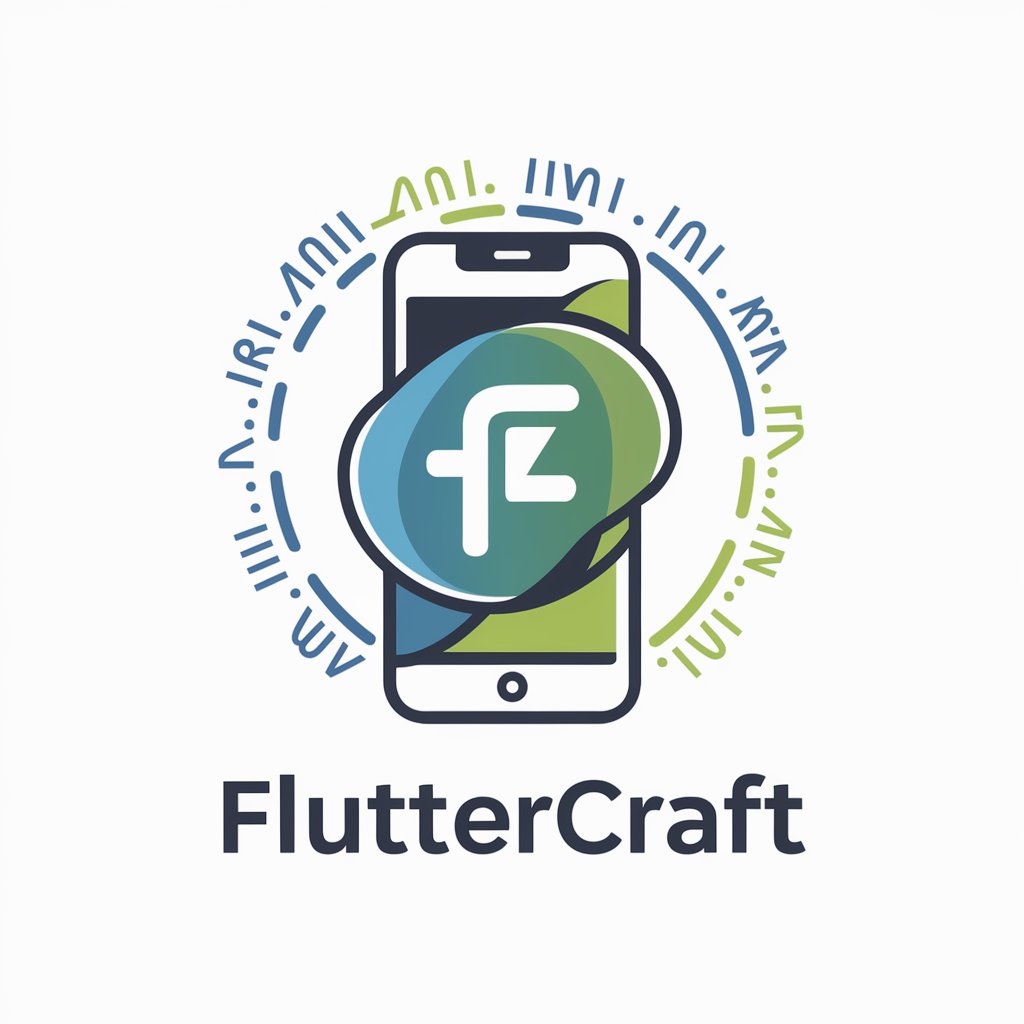
AI作業療法士EBM
Empowering Rehabilitation with AI-Driven Guidance

Make a Choice
Empowering choices with AI insight.

Spring Framework Expert
Your AI-Powered Spring Framework Guide

Bilingual Tutor
Empowering language learning with AI

Frequently Asked Questions about Sign Language Translator GPT
What is the primary function of Sign Language Translator GPT?
Sign Language Translator GPT is designed to assist with comprehensive tasks including image generation, data analysis, voice interaction, and document creation, adapting its responses based on user interaction to deliver professional and knowledgeable results.
Can Sign Language Translator GPT be used for academic purposes?
Absolutely, it excels in academic contexts by providing data compilation, detailed information analysis, and the creation of organized documents, making it an invaluable tool for research and study.
Is it possible to use Sign Language Translator GPT for creating visual content?
Yes, it features advanced image generation capabilities, allowing users to create visuals based on detailed prompts, making it suitable for graphic design, content creation, and visual communication.
How does Sign Language Translator GPT ensure user privacy?
It prioritizes user privacy by not requiring login for its free trial, allowing users to explore its features without sharing personal information, and ensuring a secure and confidential experience.
Can Sign Language Translator GPT assist in web development projects?
Indeed, it can aid in web development by providing coding assistance, bug analysis, and even SEO-friendly content creation, thereby streamlining the development process and enhancing project quality.
